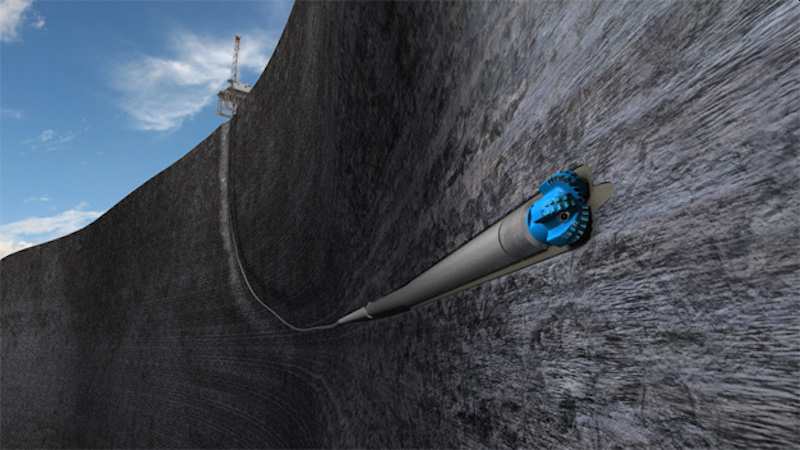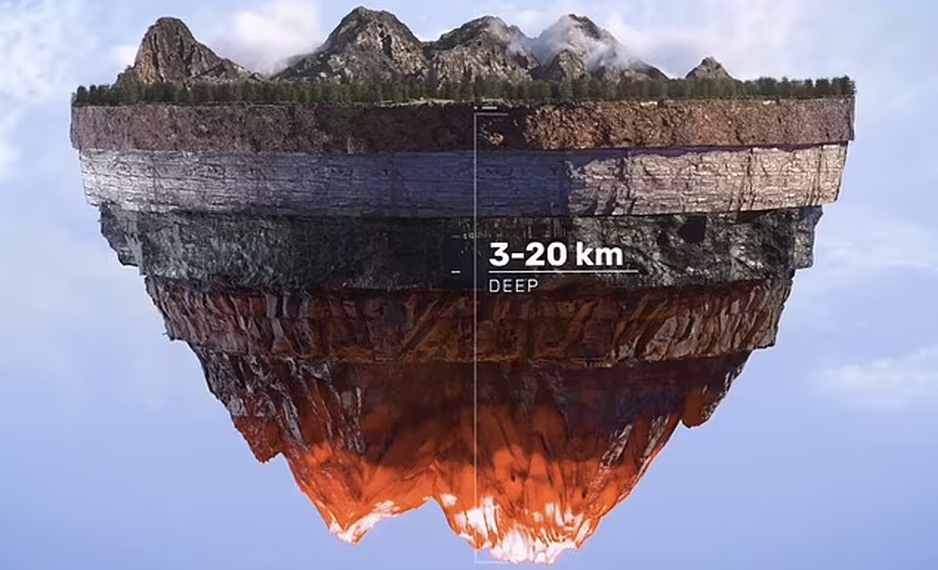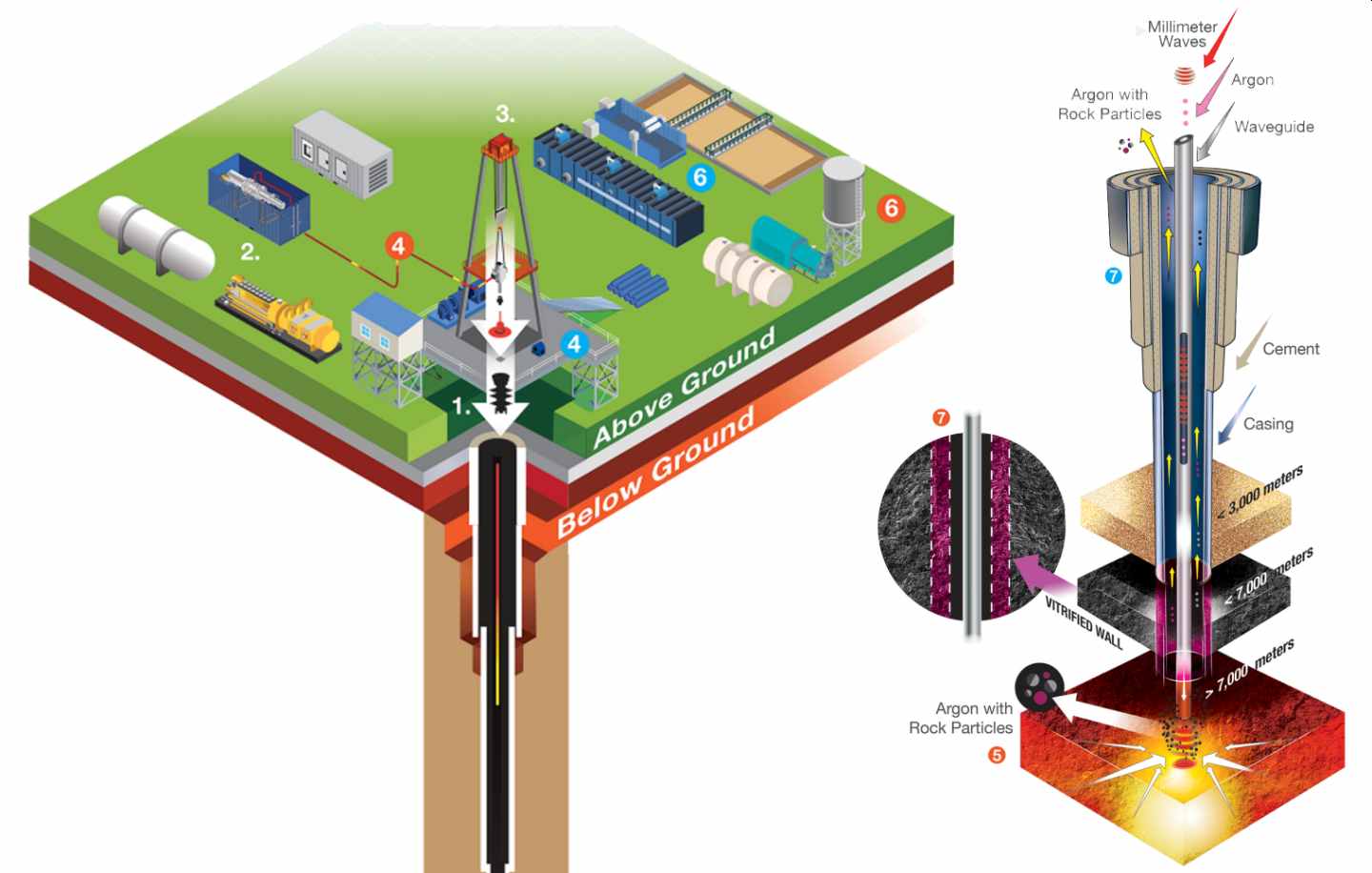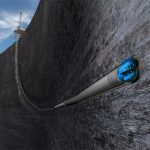Quaise Energy, a geothermal energy startup spinoff out of MIT, is planning a sci-fi style WAVE ‘drill’ that will penetrate 12.4 miles into the Earth’s crust and help release unlimited clean energy

Back in 2020, we wrote about Kola Superdeep Borehole, the world’s deepest manmade hole ever dug. Located in Murmansk Oblast, Russia, the remote region of the Russian Arctic, the Kola hole reaches approximately 7.5 miles (12 kilometers) below the Earth’s surface and yet still only reaches about 0.2 percent of the distance to the center of the Earth’s crust.
The Earth’s core is about 1,802 miles (2,900 kilometers) below Earth’s surface and has a radius of about 2,165 miles (3,485 kilometers). The Kola Superdeep Borehole is the result of a scientific drilling project of the Soviet Union. Deeper than the deepest ocean, the Kola hole is one of the mega projects ever undertaken by humans. Russian scientists drilled the Kola hole on and off for 24 years from 1970 to 1994.
Fast forward almost three decades later, Quaise Energy, a geothermal energy startup spinoff out of MIT, is planning to dig a much deeper hole that will penetrate 12.4 miles into the Earth’s crust but not for a scientific purpose. This time, it’s about unlocking near-limitless ultra-deep geothermal energy beneath the Earth’s surface to help release unlimited clean energy.
Quaise is working toward accessing depths of 10-20 km, which would dramatically open the opportunity for this clean, carbon-free, and power-dense energy source.
With the world running out of fossil fuels at a rapid pace, innovative startup companies and investors like Amazon founder, Jeff Bezos, and Microsoft are betting big on a $10 trillion energy solution for the planet. One of the companies is Canada-based fusion energy startup General Fusion which aims to provide energy to the 1 billion people on the planet that don’t have access to electricity using fusion energy.
We first reported about Quaise in 2020 after the MIT spinoff launched out of stealth with $6M in funding to access deep geothermal and carbon-free energy using millimeter-wave drilling technology to access deep geothermal energy. Since our last coverage, Quaise has secured another $40 million in funding to help it get the first drilling rig off the drawing board.
“Enlocking this form of energy at a global scale it could mean energy independence for every country around the world it could create millions of jobs and lift a billion people out of energy poverty all while solving greenhouse gas emissions.”
Quaise says it is planning to drill deeper than ever before and unlock the vast geothermal power of the Earth to re-power fossil-fired electricity plants with green energy. Quaise believes the future to limitless energy is 3 to 20 kilometers deep underground down in an area the company called “Supercritical Geothermal Energy” where the untapped energy source is waiting to be harnessed.

How Quaise millimeter-wave drilling technology works
Quaise system works by drilling down to the base rock, the company then fires high-power millimeter waves into the ground, without the need for complex mechanical drills that are limited by the pressure and intense heat deep into the crust.
Unlike the conventional drilling methods, Quaise is developing and commercializing a hybrid deep drilling method that was invented at the MIT Plasma Science and Fusion Center.
While regular metal drills get broken or just melt beyond a certain depth when the heat and pressure become too much for them to handle, Quaise’s breakthrough technology uses a gyrotron to generate millimetric electromagnetic waves for drilling at depths beyond what can be accomplished today with conventional drilling.
The goal is to be able to repurpose existing fossil fuel power plants, replacing burning coal with 900F heat from miles below the surface of the Earth.

The startup said it plans to have the first drilling platform live by 2024, the first wells producing up to 100 megawatt of geothermal energy by 2026, and fossil power plants repurposed by 2028, delivering clean energy around the world.
“Our focus is on applying this breakthrough approach to drill deep enough to access the abundant hot rock that exists in the Earth’s crust, unlocking a clean energy source at scale,” said Carlos Araque, CEO of Quaise Energy. “We intend to capitalize on the knowledge and footprint of the oil and gas industry to achieve this goal, giving us a 100-year head start for achieving operations on a global scale.”
The future of geothermal energy and disruption of traditional drilling has been pursued for over a decade by MIT’s Paul Woskov. Woskov first suggested using gyrotrons to melt and vaporize hard crystalline rock upon reading The Future of Geothermal Energy report sponsored by the Department of Energy and received a grant from The MIT Energy Initiative to validate his ideas in the lab.
In 2017, Paul Woskov was introduced to Carlos Araque and Matt Houde via Aaron Mandell from AltaRock Energy and, in 2018, Aaron, Carlos, and Matt collectively founded Quaise to pursue further development and commercialization of the technology.
“The world’s energy demand is expected to increase by 50% over the next three decades with the vast majority of today’s demand met by fossil fuels,” said Ann DeWitt, General Partner, The Engine. “Geothermal energy is one of the few energy sources capable of addressing the challenge this poses to our planet, if it’s broadly accessible. Quaise’s technology promises exactly this.”

